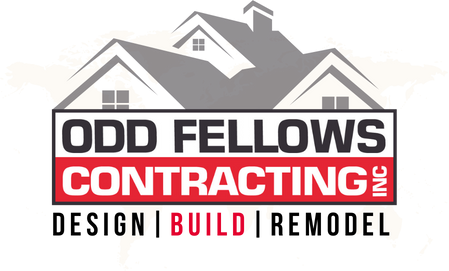
1. Identify a Problem or Something That Needs Improvement: The whole purpose of remodeling is to increase the comfort and convenience of your home.
First you need to figure out what you don’t like (the problem) and then identify how you want things to improve. You don’t have to figure out how to make it happen. You just have to identify what the problem is and what you want things to be like once the problem is solved.
Here are a couple of examples of what that might look like:
- Problem: Master Bathroom is crowded and dark and it’s a pain to get ready for work in the morning when sharing a sink.
- Solution: More space; a double sink, and more light (natural light if possible)
- Problem: Kitchen feels crowded, dark, and cut off from dining area. It’s not ideal for entertaining guests.
- Solution: Open up kitchen space; redesign configuration for more efficiency; open up view to dining area; bring in more light.
2. Establish Priorities: You may have several things you’d like to do, but what are your priorities? What should you do first? It can be helpful to think in terms of “Must-Haves” (things that are really essential) and “Nice-to-Haves” (things you’d like to do if you have the time and money). Let’s use the kitchen project above as an example.
- Must-Have: A more efficient kitchen with enough room for family to eat together.
- Nice-to-Have: A larger, dramatic-looking kitchen with top-end appliances, and more space to entertain guests.
Again, you don’t have to come up with the solution; you only need to communicate your priorities to us. But go ahead and share your “Nice-to-Haves” as well. Sometimes we may be able to satisfy your “must-have” needs, and some of your “nice-to-have” needs at the same time.
April 1st may be a fun time to enjoy foolish pranks, but wise homeowners identify their real needs and then prioritize which ones to work on.
